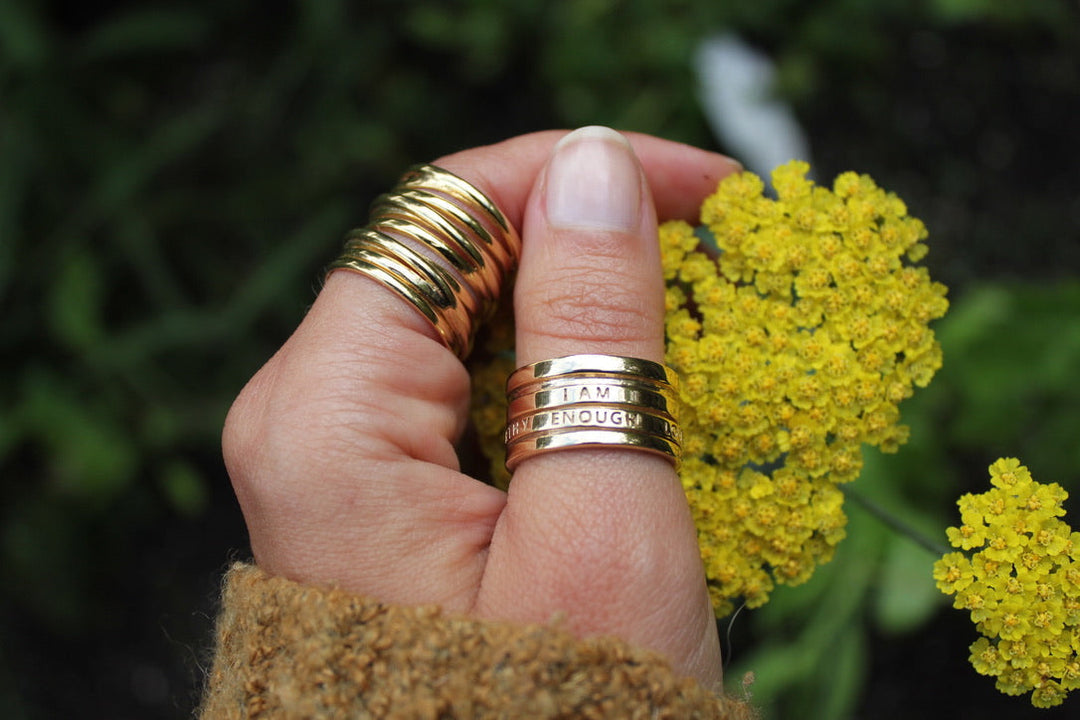How to Tell if Amethyst Is Real or Fake
Amethyst, the stunning purple variety of quartz, has long been revered for its beauty and supposed spiritual properties. However, with the proliferation of synthetic stones and colored glass in the market, it can be challenging to determine whether an amethyst is real or fake. This article will guide you through several methods to help you identify genuine amethysts.
Understanding Amethyst
Before delving into the identification techniques, it's essential to understand what amethyst is. Amethyst is a semi-precious gemstone that belongs to the quartz family. It's characterized by its striking purple color, which varies from pale lilac to deep, intense violet and even reddish-purple. The color results from trace amounts of iron and aluminum in the quartz, combined with natural or artificial irradiation.
Amethyst rates 7 on the Mohs scale, indicating significant hardness and durability. They usually form in geodes within volcanic rocks and are found globally, with Brazil and Uruguay being major sources.
Identifying Genuine Amethysts
Color Examination
The color of an amethyst can be a significant indicator of its authenticity. Genuine amethysts showcase a deep, rich purple color, though lighter lilac hues are also common. However, the color should be consistent throughout the stone. If you notice color zoning, such as bands, streaks, or abrupt color changes, this may suggest that the gem is synthetic or even colored glass.
It's worth noting that while real amethysts exhibit a deep, captivating purple, they are never too vibrant. Overly bright, neon-like purple colors are typically a sign of artificial stones.
Temperature Test
Amethysts, like all genuine gemstones, are excellent heat conductors. This property makes them feel cool to the touch, even in a warm room. Therefore, if you touch an amethyst and it quickly acclimates to your body temperature, you may be dealing with colored glass or plastic instead of a real gemstone.
Hardness Test
Given that amethyst is a 7 on the Mohs scale, it's quite resistant to scratching. You can use a pocket knife or a piece of glass to perform a scratch test. However, this method should be your last resort as it can damage the stone, especially if it turns out to be genuine.
Clarity and Inclusion Examination
Using a jeweler's loupe or a magnifying glass, observe the clarity of the amethyst. Natural amethysts commonly have inclusions or imperfections. If the stone is perfectly clear without any inclusions, it could suggest that the amethyst is synthetic or even glass. On the other hand, too many inclusions could mean the stone is of low quality or not an amethyst.
Structural Analysis
Amethysts, as a type of quartz, grow in a hexagonal (six-sided) crystal structure. If the gemstone or the rough specimen shows a different structure, it's likely not a real amethyst. However, keep in mind that many gemstones are cut into various shapes, so this is more applicable to raw, uncut stones.
Ultraviolet Light Test
Under ultraviolet light or black light, genuine amethysts will exhibit a bluish or purplish glow. But remember, some synthetic stones will also react to UV light, making this test useful but not definitive.
Price Evaluation
While amethyst is not the most expensive gemstone, it's not overly cheap either. Exceptionally low prices might be indicative of fake or low-quality stones. Therefore, if a deal seems too good to be true, it probably is.
While these techniques can help you identify a real amethyst, they are not infallible
and may not always yield accurate results, especially for untrained eyes. If you're investing a significant amount of money or if the gemstone has sentimental value, it's advisable to consult a professional.
Professional gemologists and reputable jewelers have the necessary knowledge, experience, and equipment to accurately determine a gemstone's authenticity. They typically use advanced tools like spectrometers, refractometers, and microscopes to analyze the gemstone's physical and chemical properties. These professionals can also provide you with a certificate of authenticity, which is especially important if you're purchasing the amethyst as an investment or as a gift.
Pre-Purchase Tips
If you're in the market for an amethyst, there are several things you can do to ensure that you're purchasing a genuine stone. First, always buy from a reputable dealer. Established jewelers and gemstone dealers are less likely to sell fake gemstones, as it would harm their reputation. Additionally, they can often provide a certificate of authenticity with your purchase.
Be wary of online shopping for gemstones unless it's from a well-known and respected dealer. Images can be misleading, and it's easier to disguise a fake gemstone online. If you do buy online, ensure the dealer has a good return policy.
Always ask about the origin of the amethyst. Natural amethysts come from several locations worldwide, including Brazil, Uruguay, Arizona, Zambia, and even South Korea. The seller should be able to provide this information.
Lastly, inquire about any treatments that the amethyst might have undergone. Many gemstones are heat-treated to improve their color, and while this is an accepted practice, the seller should disclose it.
Conclusion
Amethyst, with its alluring purple hue, is a popular gemstone adored by both jewelry enthusiasts and collectors. However, the market's saturation with synthetic and fake stones requires buyers to be vigilant. By understanding the characteristics of genuine amethyst and using some basic testing methods, you can increase your chances of acquiring a real amethyst. And remember, when in doubt, always seek a professional opinion.
By being informed and cautious, you can enjoy the beauty of your amethyst, confident in its authenticity.





Leave a comment